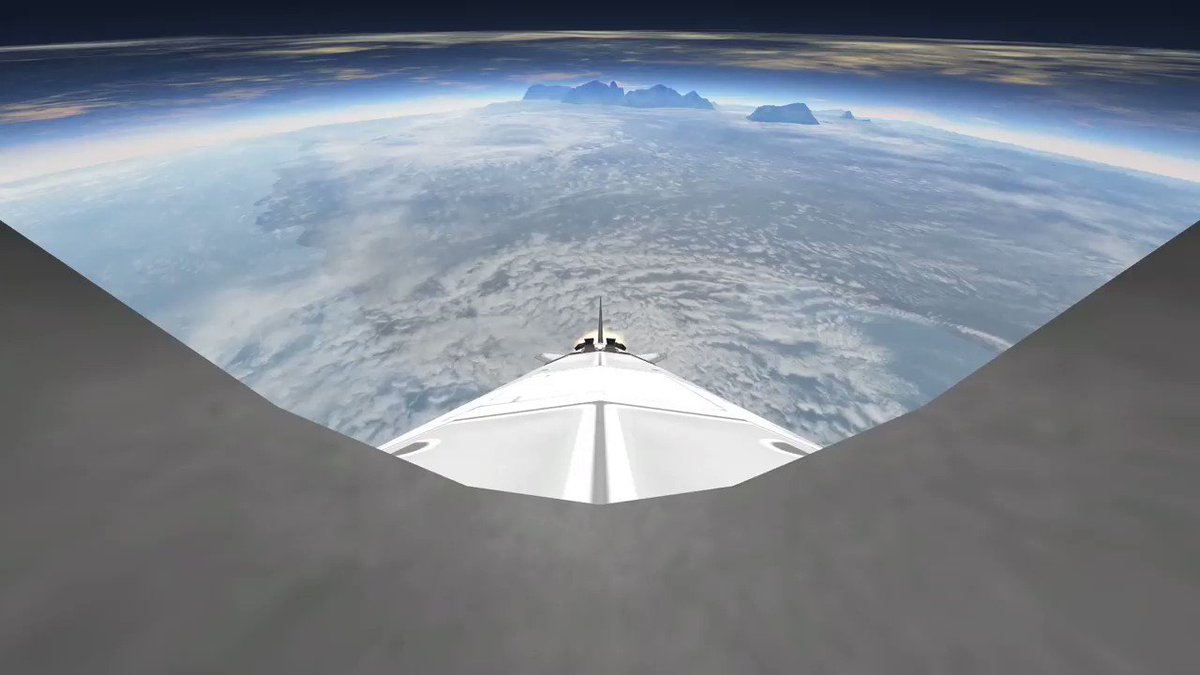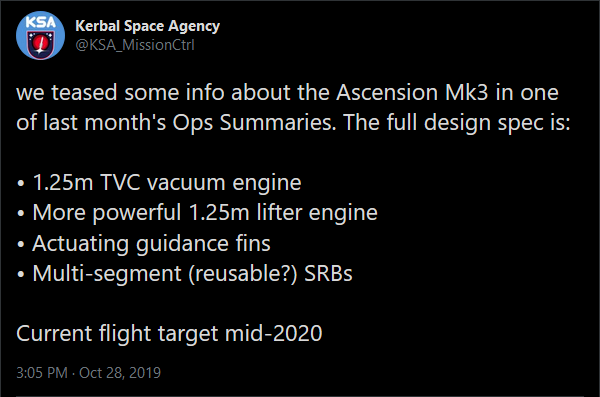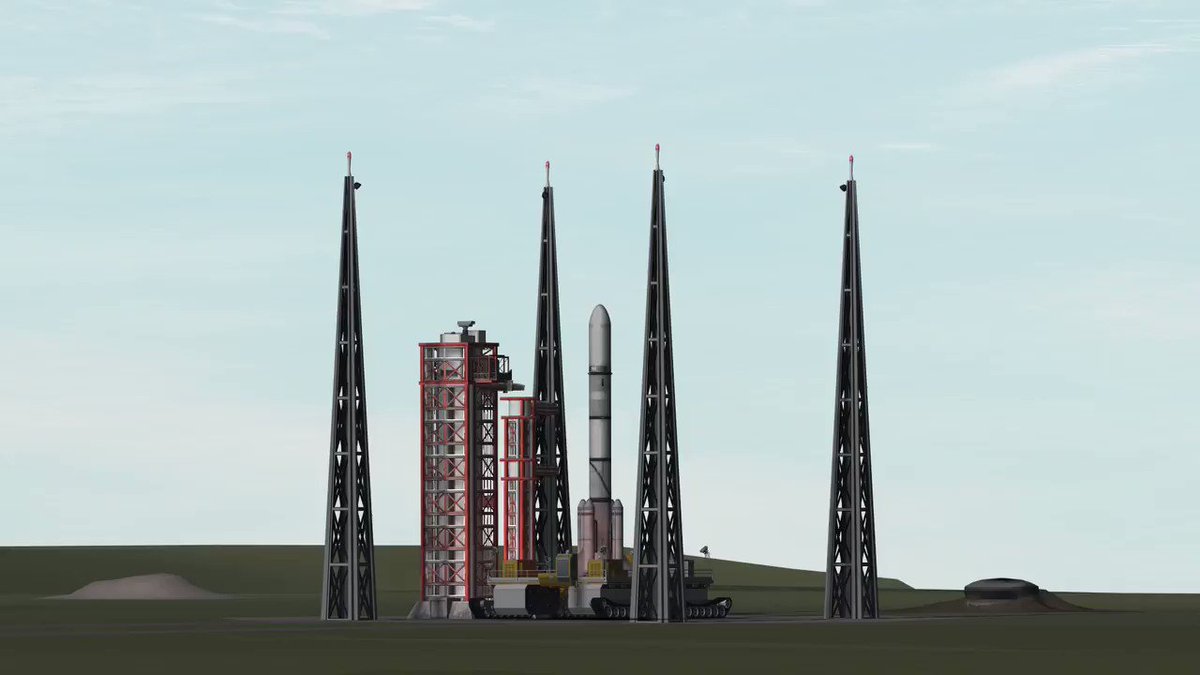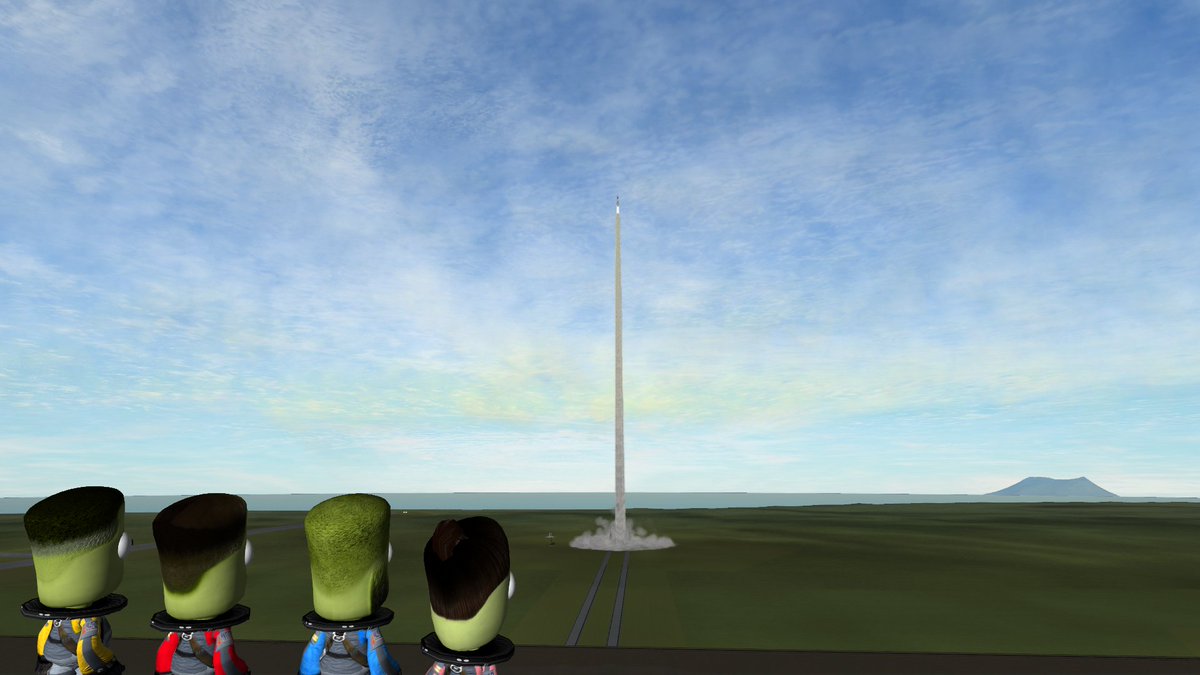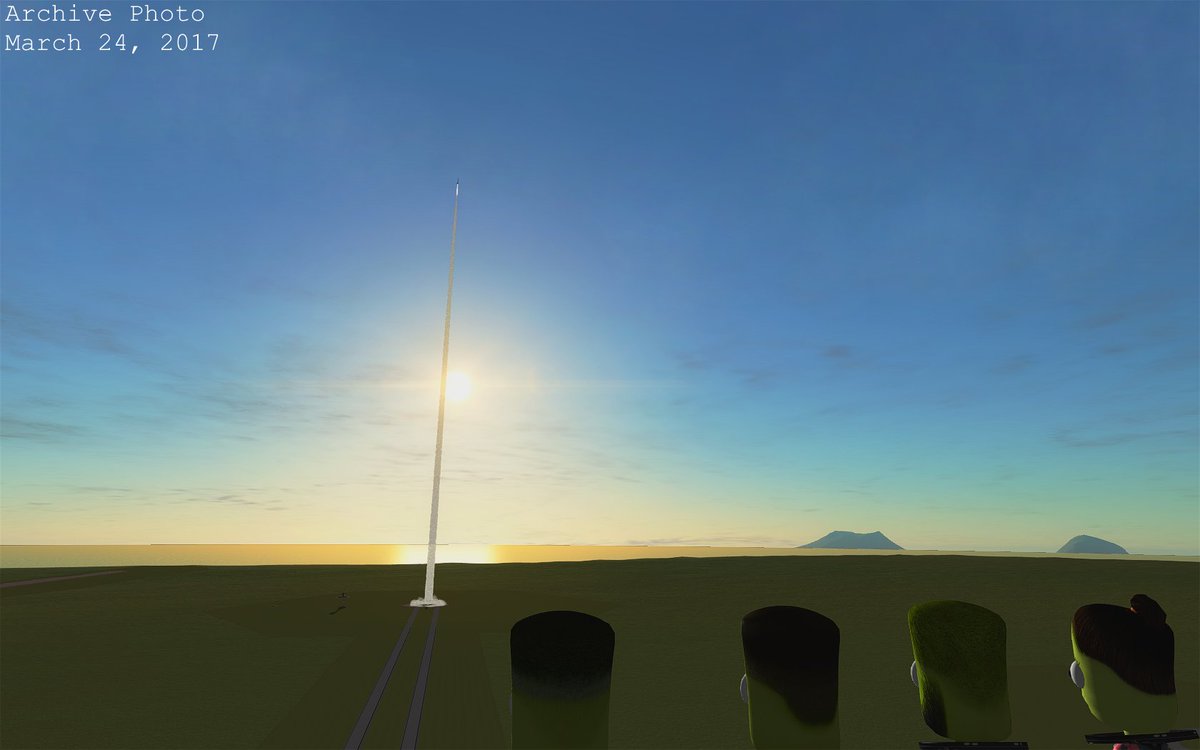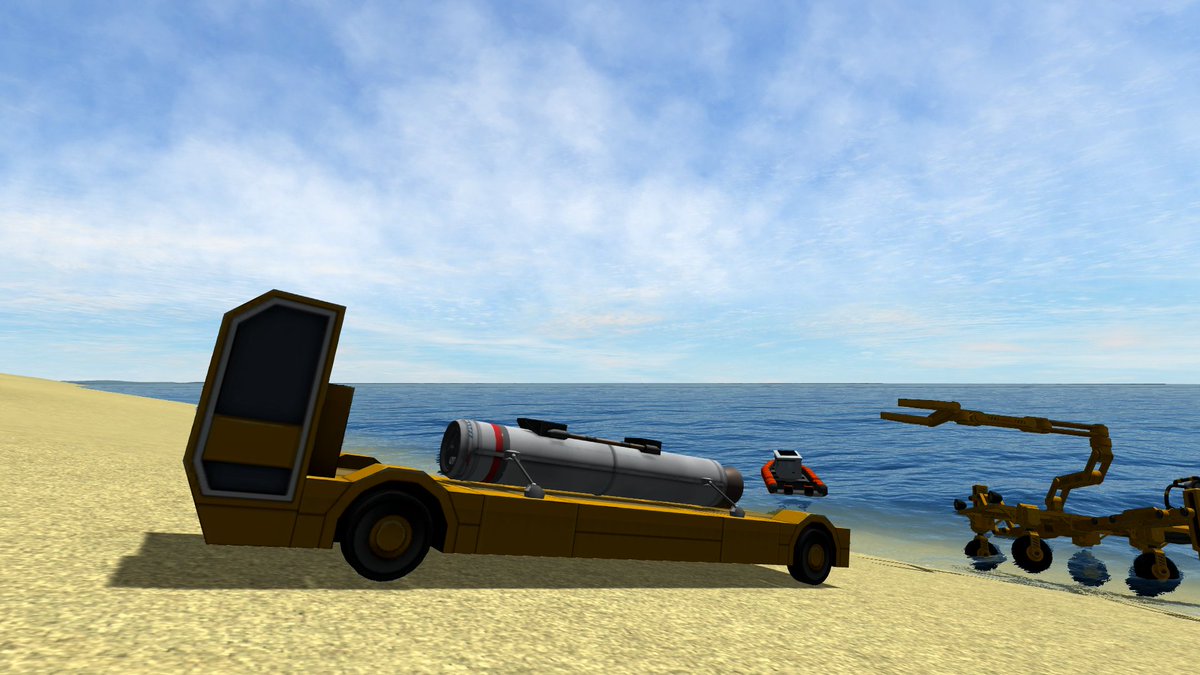 Ever since we began traveling to space we sent along scientific instruments to study the environment that exists outside our atmosphere. Much of these observations could be transmitted home as data during the flight, allowing for partial mission success if the rocket and any additional more detailed data stored on board could not be recovered afterwards. Sending living specimens up into space however requires close examination after they have been returned to the surface which is why this most recent Progeny Mk6 Block I flight, after a series of successful recoveries, carried aloft our first living samples of micro-organisms known as “mystery goo“. Unfortunately, the rocket was not recovered intact, leading to the first failed mission of the Progeny Mk6 series.
Ever since we began traveling to space we sent along scientific instruments to study the environment that exists outside our atmosphere. Much of these observations could be transmitted home as data during the flight, allowing for partial mission success if the rocket and any additional more detailed data stored on board could not be recovered afterwards. Sending living specimens up into space however requires close examination after they have been returned to the surface which is why this most recent Progeny Mk6 Block I flight, after a series of successful recoveries, carried aloft our first living samples of micro-organisms known as “mystery goo“. Unfortunately, the rocket was not recovered intact, leading to the first failed mission of the Progeny Mk6 series.
The Flight
While the original launch date was delayed due to a high-pressure region sitting over the area around KSC for a few days and baking the surface with temperatures topping 100°F, on the rescheduled launch day of 7/31 there were no issues leading up to an on-time launch at 19:24:00.02 local time. The ascent of the rocket was nominal through all three stages, ending up on a sub-orbital trajectory with an apokee of 495.451km.
During the climb to apokee and prior to reaching near the height of the inner radiation belt, the first of two mystery goo containment units was opened for exposure. There was no room for a radiation instrument aboard so we did a best guess based on past flights where the border of the belt would be and nearing that altitude the first goo unit closed and the second one opened. This unit remained exposed through apokee and during the fall back down through the radiation belt. Once below the belt altitude the unit exposure was again swapped. The unit that was still exposed upon nearing the atmosphere was closed one last time to protect it and the rocket in general during the heat and stress of atmospheric re-entry.
We lost contact with the rocket over the horizon as it began to enter the atmosphere but the recovery vessel downrange was able to continue to track the rocket and receive telemetry data until it broke up at roughly 10km ASL. Total mission time was 19m32s. The ship spent several hours searching the area under the break-up and recovered several pieces of the rocket floating on the surface for analysis.
Flight Telemetry Data | AFCS Repository | Ops Tracker Entry
The Analysis
This was a perfect mission except for one thing – the recovery. For some reason, although it’s been back successfully from higher altitudes and under greater stresses, the rocket failed to survive the re-entry phase. Video from the recovery vessel shows the rocket breaking apart amidst the flaming heat of atmospheric friction and falling in pieces along the same trajectory, showing no internal force blowing them apart in various directions. This evidence coupled with no volatile elements remaining after fuel was spent on ascent, an explosion could be immediately ruled out. So did the rocket succumb to overheating or over-stressed components?
Unfortunately we have no direct evidence for either. The various bits of the rocket that were recovered were identified as pieces of the fuel tank, nose cone and parachute. None showed heat damage and the fuel tank pieces showed signs of being crushed on impact with the water rather than being ripped apart in mid-air. If the flight computer survived impact it would have easily sunk to the bottom of the ocean after being ripped from the fuel tank or payload truss, so we cannot access some of the more detailed flight data.
One potential point of investigation was that the operations log did post a final entry before break-up saying the air brakes had been deployed. This would have been the second flight where the air brakes were set to deploy fully immediately rather than in stages. The rocket came apart just over a second after the air brakes were deployed, and after rigorous modeling it has been determined they could not have opened far enough in that amount of time to produce any kind of strain on the rocket that could have led to a break-up.
Overall, the data shows the rocket came down with much less violence than had been experienced on previous flights which it had survived without issue. This then put focus on the one aspect of the rocket which had not been flight-proven on previous missions: the mystery goo containment units. Again, without any recovered pieces of the units we are unable to determine the exact cause, but two main theories have been put forth.
The first is that the containers themselves were simply not able to tolerate the heat and/or stress of re-entry. One or both broke apart, which would have compromised the structural integrity of the entire rocket. The testing process used for qualifying the containment units for flight has been reviewed and while there are several areas the team feels could be improved upon, it was deemed acceptable. The units should have been able to withstand the rigors of re-entry.
The second theory is that one or both of the doors that opened to expose the samples failed to close fully or properly. Neither had sensors that could tell us if they were sealed shut, a recognized oversight. If either of them failed, heat from re-entry would have easily worked its way into the sample units and burned them up from the inside out.
Future Plans
Because we cannot prove either theory we simply have to plan for both on the next flight attempt. New goo containment units are being built to higher standards than before and will include door sensors. If the doors fail to close there will be nothing we can do to save the rocket, however we will at least know the design flaw exists. The other living sample mission, flight 8, will also see its sample bays revamped to tougher tolerances before it is launched. Due to the current Monolith situation at KSC, we cannot say at this time when we will be able to launch the follow-up missions, however both new sample units should be ready for payload integration by November.









